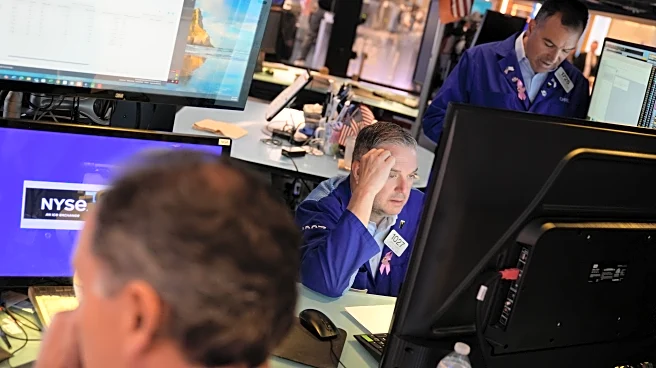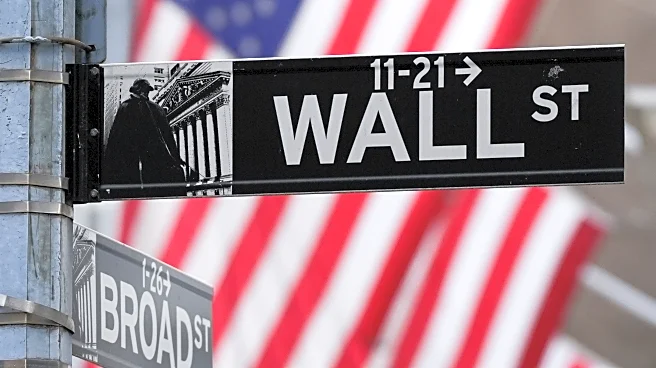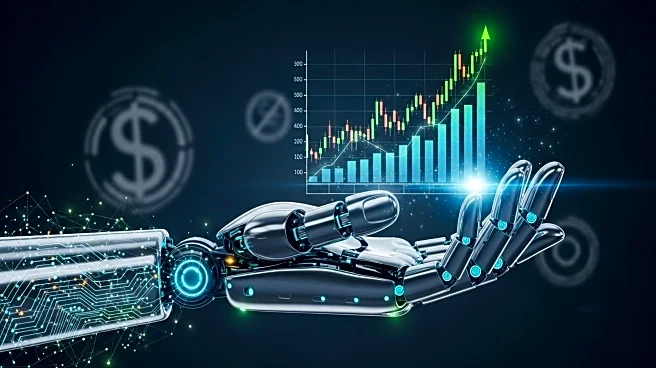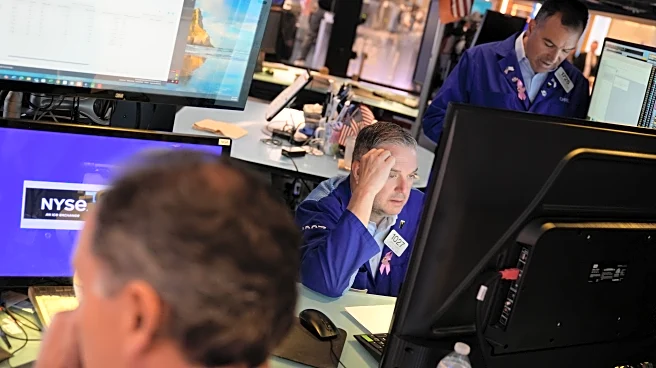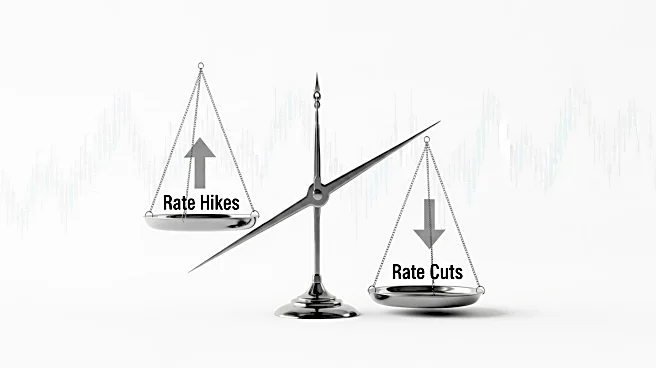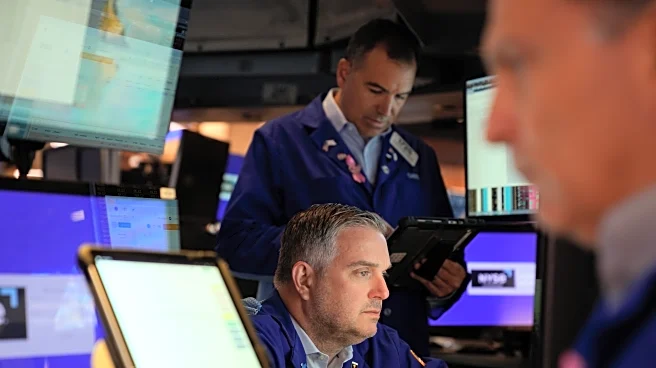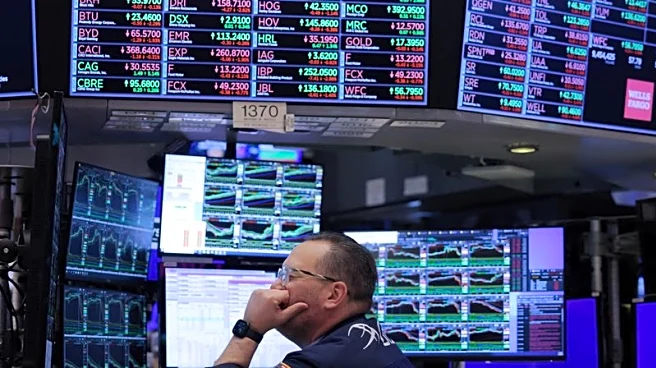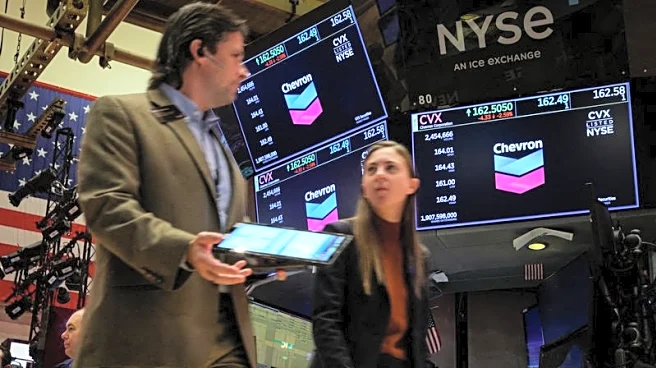What's Happening?
Jim Cramer, a prominent financial analyst, has identified three distinct sectors within the current U.S. economy, each affecting market dynamics differently. According to Cramer, the first sector is booming due to advancements in artificial intelligence and data centers. Research from JPMorgan indicates that AI-related stocks have significantly contributed to S&P 500 returns, earnings growth, and capital spending since late 2022, following the launch of OpenAI's ChatGPT. Major companies in this sector include Meta, Alphabet, Amazon, Microsoft, Nvidia, Tesla, Broadcom, Micron, AMD, Dell, and Oracle. Cramer dismisses concerns that this sector resembles the dotcom boom, noting that these tech giants are profitable and financially robust. The second sector, termed the 'real economy,' includes retail, housing, freight, autos, travel, and leisure, which are currently struggling. Cramer highlights the need for Federal Reserve rate cuts to stimulate growth in this area. The third sector involves speculative stocks, particularly in nuclear power, cryptocurrency, and quantum computing, which Cramer warns are overvalued and reminiscent of the dotcom bubble.
Why It's Important?
The analysis by Jim Cramer underscores the divergent paths within the U.S. economy, highlighting sectors that are thriving and those that are struggling. The booming AI and data center sector reflects the growing importance of technology in driving economic growth, with major tech companies leading the charge. This sector's success is crucial for investors and businesses relying on technological advancements. Conversely, the struggles faced by the 'real economy' sectors indicate potential challenges for industries reliant on consumer spending and traditional business models. The need for Federal Reserve intervention suggests that monetary policy could play a critical role in revitalizing these areas. Additionally, the speculative sector's resemblance to the dotcom bubble raises concerns about market stability and the potential for financial losses if these stocks fail to deliver sustainable growth.
What's Next?
The future of these economic sectors will likely depend on several factors, including technological advancements, consumer behavior, and monetary policy decisions. The Federal Reserve's actions regarding interest rates could significantly impact the 'real economy' sectors, potentially providing the necessary stimulus for recovery. Meanwhile, the AI and data center sector may continue to thrive as technology evolves, attracting further investment and innovation. However, the speculative sector's trajectory remains uncertain, with potential regulatory scrutiny and market corrections looming if valuations become unsustainable. Stakeholders, including investors, policymakers, and businesses, will need to monitor these developments closely to navigate the changing economic landscape effectively.
Beyond the Headlines
The analysis of these economic sectors by Jim Cramer highlights broader implications for U.S. society and the global economy. The success of AI and data centers could lead to increased automation and shifts in labor markets, affecting employment patterns and skill requirements. The struggles of the 'real economy' sectors may prompt discussions on economic inequality and the need for targeted support for affected industries. Additionally, the speculative sector's volatility could influence investor sentiment and risk management strategies, potentially leading to more cautious investment approaches. These developments may also impact cultural and ethical considerations, as society grapples with the consequences of technological advancements and economic disparities.

